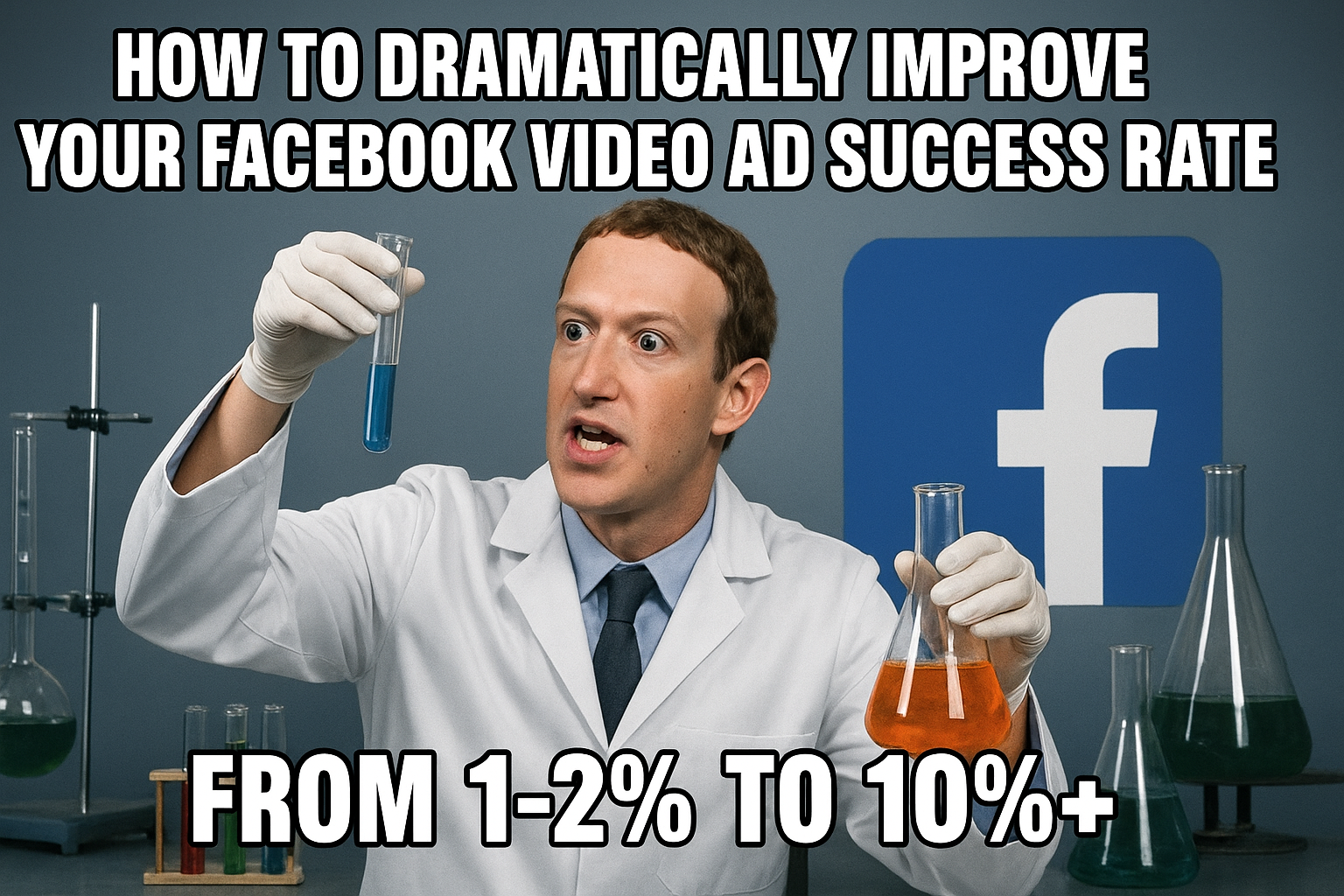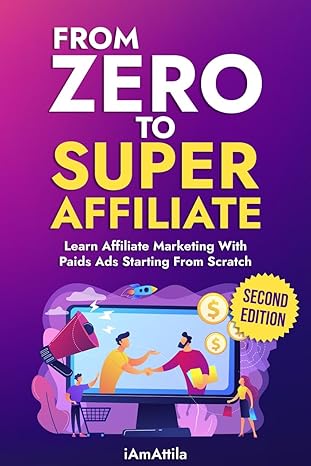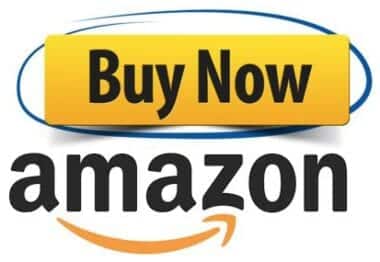Based on research into high-converting Facebook video ads, UGC, and VSL strategies, here’s your guide to significantly boosting your success rate with video ad creatives.
The Foundation: Understanding What Works in 2025
A success rate of 1-2% is common for advertisers testing creatives without a clear plan. Top performers hit success rates of over 10% by using structured testing and focusing on effective creative elements that boost engagement.
The 3-Phase Creative Testing Framework
Phase 1: Volume Testing for New Creatives (50-100+ Variations)
Successful advertisers in 2025 apply a “volume-first” strategy for initial creative testing. Instead of just 5-10 creatives, aim for 50-100 variations using these methods:
– AI-Powered Creative Generation: Utilize AI video generators to quickly produce multiple UGC-style variations. This helps you test different angles without traditional production costs.
– Modular Creative Approach: Break your creatives into components (hooks, problems, solutions, CTAs) and mix and match these elements for various combinations.
– Testing Structure: Run these in separate campaigns with equal budgets ($20-50/day each) for 3-7 days to gather meaningful data.
Phase 2: Champion vs. Challenger Testing
Select your top 3-5 performers from Phase 1 and compare them against your best-performing ads. This is where many “winning” creatives stumble—they may have excelled against newer ads but struggle against established champions.
Phase 3: Scaling and Iteration
Once you identify real winners, scale them using creative iteration strategies:
– Add trust builders (reviews, social proof).
– Repurpose into different formats (static to video, video to carousel).
– Test variations in various placements.
High-Converting UGC Script Framework
The most effective UGC ads follow this structure:
The 4-Part UGC Formula:
1. Hook (First 3 seconds)
– Question hooks: “Are you making this mistake that’s hurting your results?”
– Problem-focused: “Stop doing this one thing that’s killing your conversion rate.”
– Curiosity-driven: “I can’t believe this only costs $10.”
2. Problem Identification (Seconds 4-15)
Clearly state the pain your audience faces, being specific and relatable.
3. Solution Presentation (Seconds 16-45)
Show how your product resolves the issue. Include demonstrations and personal experiences.
4. Strong CTA (Final 5-10 seconds)
Create urgency with clear direction: “Link in bio for 30% off this week only.”
VSL Structure for High-Converting Long-Form Ads
For VSLs (5-30+ minutes), use this proven framework:
The VSL Blueprint:
1. Attention-Grabbing Hook: Start with a bold claim or intriguing question.
2. Problem Amplification: Explain the pain points and consequences.
3. Solution Introduction: Position yourself as the authority.
4. Benefit-Focused Presentation: Emphasize outcomes, not features.
5. Social Proof Integration: Include testimonials and case studies.
6. Risk Reversal: Address objections and provide guarantees.
7. Urgency-Driven CTA: Foster scarcity and immediate action.
Platform-Specific Optimization Strategies
Facebook Feed & Instagram Feed
– Aspect Ratio: 4:5 or 1:1 for optimal screen use.
– Length: 15-60 seconds for peak engagement.
– Captions: Crucial since 75% watch without sound.
Facebook/Instagram Reels
– Format: 9:16 vertical with audio.
– Performance: 12% higher conversions per dollar than other formats.
– Hook Time: The first 3 seconds are critical.
Key Performance Benchmarks to Target
Success Metrics for 2025:
– CTR: Aim for 1.5%+ (the industry average is 1.4%).
– Thumbstop Rate: Target 30%+ for strong hooks.
– Video Completion Rate: 25%+ for 30-second videos.
– Cost Per Action: Varies by industry but track improvements against the baseline.
Advanced Scaling Strategies
Creative Iteration Techniques:
1. Format Repurposing: Change winning static ads into videos, and videos into carousels.
2. Trust Builder Addition: Include review counts, customer numbers, and guarantees.
3. Hook Variations: Test 5-10 different openings for each winning concept.
4. Platform Adaptation: Adjust successful creatives for various placements.
Testing Budget Allocation:
– 70% on proven winners and iterations.
– 20% on promising new ideas.
– 10% on experimental approaches.
Statistical Significance and Sample Sizes
To ensure reliable results:
– Minimum: 1,000 impressions or 100 conversions per variation.
– Confidence Level: 95% statistical significance.
– Test Duration: At least 3-7 days to account for algorithm learning.
– Budget: $500+ total test budget for meaningful data.
Implementation Action Plan
Week 1-2: Foundation Setup
1. Analyze your current top performers using the frameworks above.
2. Create 50-100 new creative variations using the UGC/VSL structures.
3. Set up proper testing campaigns with equal budgets.
Week 3-4: Data Collection & Analysis
1. Run tests with statistical significance targets.
2. Identify the top 10% performers (your new 10%+ success rate).
3. Begin champion vs. challenger tests.
Week 5+: Scale & Iterate
1. Scale winning creatives with budget increases.
2. Create iterations using proven concepts.
3. Continuously test new angles while keeping winning formulas.
By using this structured approach, you’ll shift from random creative testing to a data-driven process that consistently finds winners. The key is to combine volume testing with established frameworks, ensure statistical significance, and continuously refine successful concepts instead of starting fresh each time.
Remember: your goal is not just to boost your hit rate but to establish a repeatable system that regularly produces winning creatives at scale.



